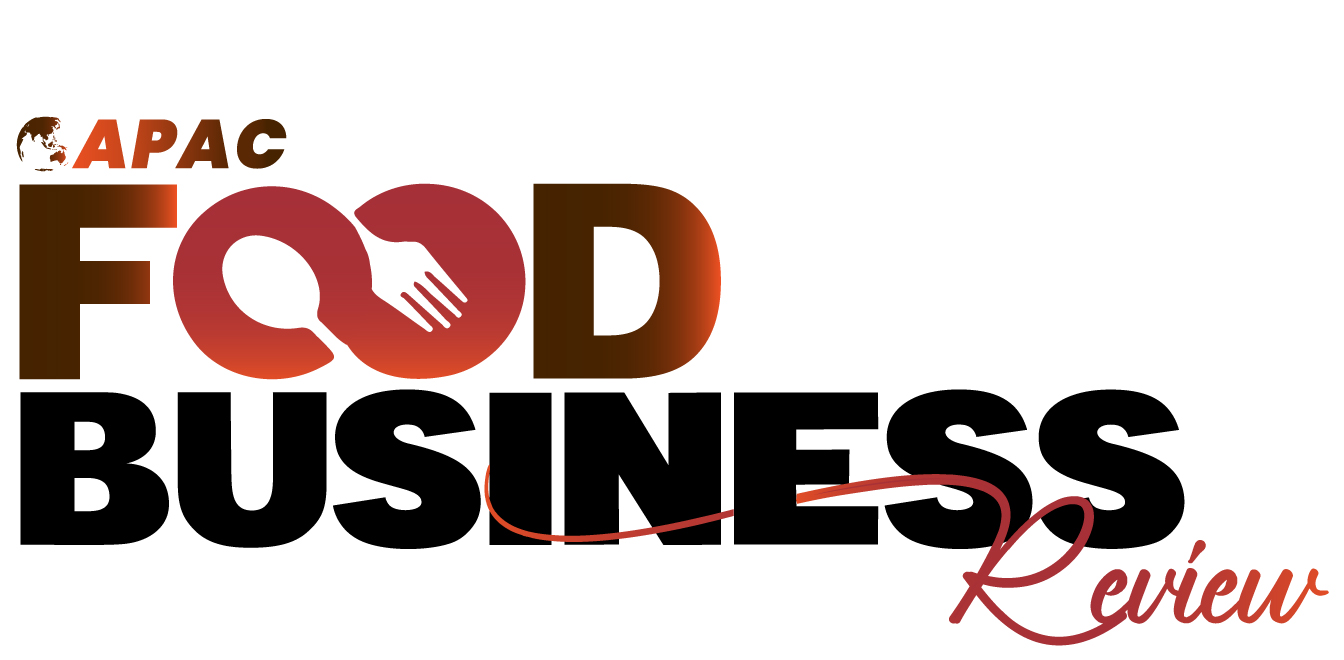Thank you for Subscribing to Food Business Review Weekly Brief
Recent Developments in Cold Chain Logistics
Cold chain logistics services are in high demand because of the fast-growing food and pharmaceutical industries.

By
Food Business Review | Wednesday, March 27, 2024
Stay ahead of the industry with exclusive feature stories on the top companies, expert insights and the latest news delivered straight to your inbox. Subscribe today.

The number of warehouses that store temperature-sensitive items in a refrigerated environment is increasing in cold chain transportation.
FREMONT, CA: Cold chain logistics services are in high demand because of the fast-growing food and pharmaceutical industries. The logistics sector is adapting to new developments increasing supply chain refrigeration capacity. The international cold chain logistics market will reach $21.6 billion by 2025, and small and mid-sized freight forwarders are trying to develop innovative ways to provide seamless refrigeration solutions. Premium items with short shelf lives and high-temperature sensitivity are hitting the market, raising the need for skilled cold chain logistics providers. Vaccine distribution has expanded cold chain logistics opportunities. Multinational companies are researching and developing sustainable cold chains.
Globalization has increased cold chain industry globalization. It is why the freight forwarding industry maintains quality and temperature control throughout shipping. Insulin, Gardasil, interleukins, and interferons are major biopharmaceutical inventions propelling pharmaceutical sector growth. Sensitive samples are bulk-transported for biological testing. The global health food movement and rising middle class have increased demand for products that didn't exist a few decades ago. A digital, efficient, global cold chain sector is needed to move all these products. The online grocery delivery industry is growing, forcing cold-chain shipping providers to deliver fresh produce, seafood, and meat.
The number of refrigerated warehouses that store temperature-sensitive goods is rising in cold chain shipping. The cold storage facilities enable the safe delivery of fresh perishable goods worldwide. These refrigerated warehouses store food, flowers, plants, biopharmaceuticals, and art. E-grocery is another cold-chain development. Several e-commerce companies now deliver groceries door-to-door. E-commerce businesses now include this tendency that began during the pandemic. Energy-intensive cold chain operations have a significant climate impact. It is why cold chain companies seek novel solutions to reduce energy use while transporting perishable goods.
Sustainable cold chains use recyclable, eco-friendly thermal packaging that meets transportation and logistics industry sustainability standards. Pharmaceutical producers are working with logistics businesses that can re-ice freight to reduce packing and transit costs. Cold chain companies now consider customer expectations. Customers want companies to be environmentally friendly. Cold chain businesses now prioritize recyclable packaging in their sustainability plans. Food safety issues and counterfeit pharmaceuticals have prompted stricter perishable food production and shipping rules. Quality and honesty are priorities in healthy food. Top companies in this industry likewise strictly follow government restrictions.
Many freight forwarders now move cold chain items in a way that eliminates the tiniest change in flavor and texture that used to occur when the cargo strayed outside the recommended temperature. Digital monitoring and traceability are now essential for cold chain operations. GPS-enabled sensors in refrigerated containers provide real-time temperature information during the commodities' trip. IoT-enabled devices improve cold chain visibility. Technology helps cold chain operators maintain integrity, efficacy, and safety. Investment in onboard refrigeration unit devices has increased. Due to temperature and location tracking advances, many pharmaceutical exporters now use steamships instead of air freight.






